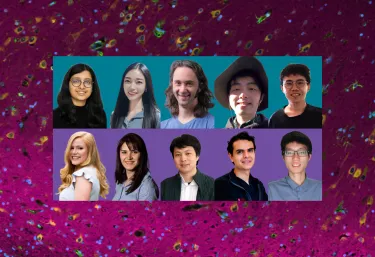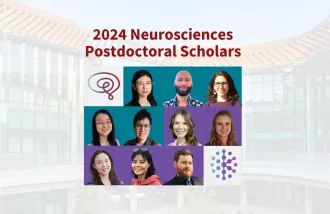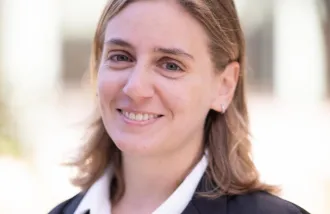How does the brain wire itself for learning? What molecular mechanisms protect neural circuits during aging? These are just some of the innovative questions at the frontiers of neuroscience being explored by the recipients of the Wu Tsai Neurosciences Institute’s 2025 Neurosciences Postdoctoral Scholar Awards.
“Our scholars are remarkable scientists, identified for their innovative and interdisciplinary research plans and for their potential to elevate the creativity and success of their peers within a supportive intellectual community,” said the program’s founding director, Miriam Goodman, the Mrs. George A. Winzer Professor of Cell Biology and Chair of the Department of Molecular and Cellular Physiology. “Program alumni carry that spirit forward throughout their careers and stay connected to one another. It is an honor to support their success.”
Ten early-career scientists are selected each year for the awards, which are divided into two tracks. The long-standing Interdisciplinary Scholars track supports early-career researchers integrating neuroscience with engineering, physics, social sciences, and the humanities to explore new perspectives on brain function in health and disease. The Brain Resilience Scholars track, launched in 2023 by the Knight Initiative for Brain Resilience at Wu Tsai Neuro, supports postdocs whose work is aligned with the Initiative’s mission to expand our understanding of the mechanisms of healthy brain aging and advance strategies to slow or prevent neurodegenerative diseases.
The awards provide two years of funding, mentorship, and a collaborative research environment, enabling postdocs to expand their scientific reach and engage with experts across disciplines. Beyond conducting cutting-edge research, scholars also engage in collaborative discussion, skill-building workshops, and professional development opportunities that help prepare them for leadership roles in academia, industry, and healthcare.
“It’s fun interacting with enthusiastic young scholars, whether in our informal lunch discussions, hearing them describe each other’s work, or practicing elevator pitches,” said Liqun Luo, the Ann and Bill Swindells Professor in the Department of Biology and co-director of the Interdisciplinary Scholars Program. “It’s even greater to see that they form a tight community learning from each other.”
The five scholars selected this year for the program’s Interdisciplinary Scholars track are conducting research ranging from mapping the protein composition of synapses during learning and memory formation to engineering viruses that selectively target brain tumors.
"I'm excited to collaborate with other scholars to learn more about a new-to-me field and find new areas to apply my expertise in instrumentation development," said Interdisciplinary Scholar Jeremy Axelrod, whose research in the Department of Molecular and Cellular Physiology focuses on visualizing the molecular mechanics of axonal transport—critical for understanding neurodegenerative diseases such as Alzheimer’s and ALS.
The five scholars selected this year for the Brain Resilience Scholars track are conducting research that ranges across a variety of topics in brain aging and neurodegenerative disease, such as early circuit disruptions in Alzheimer’s disease, the role of immune system molecules in maintaining brain health, and how restoring neurotransmitter balance could improve learning and memory in Parkinson’s disease.
"What excites me most about being part of the Brain Resilience Scholars program is being surrounded by incredible awardees and mentors whose knowledge and experience will elevate my development as a scientist," said newly named Scholar Julian Garcia, whose research in the Department of Ophthalmology investigates how mechanosensitive ion channels may protect nerve cells from damage in glaucoma.
Brain Resilience postdoc Anne Goettemoeller’s research in the Department of Neurosurgery focuses on uncovering mechanisms that drive Alzheimer’s disease progression and identifying ways to preserve brain resilience. “This program is a key step in my journey toward becoming an independent investigator advancing both scientific understanding and therapeutic approaches,” she noted.
Supporting research that pushes boundaries, builds collaborations, and advances our understanding of the brain, the Neurosciences Postdoctoral Scholar Awards continue to invest in the next generation of neuroscientists.
“This is an outstanding environment for exchanging ideas, insights, and knowledge with a diverse team of researchers and healthcare professionals,” said Interdisciplinary Scholar Kelly Yoo. “Together, we can address some of the most pressing and unresolved challenges in neuroscience and drive innovation in our field.”
Meet the 2025 Neurosciences Postdoctoral Scholars
Interdisciplinary Scholars

Jeremy Axelrod
Advisor: Stephen Chu
Department of Molecular and Cellular Physiology
Observing axonal transport with molecular resolution on molecular timescales
Neurons rely on molecular motors to transport nutrients and organelles across long distances, but disruptions in this process are linked to neurodegenerative diseases such as Alzheimer’s, ALS, and Parkinson’s. Axelrod’s research leverages high-resolution microscopy to capture the molecular mechanics of axonal transport in real-time.
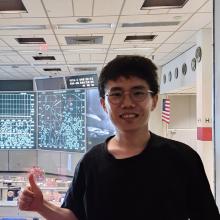
Sangsin Lee
Advisor: Alice Ting
Department of Genetics
Mapping Synaptic Proteomes during Learning and Memory Consolidation Using Proximity Labeling
Strengthening synaptic connections is essential for learning and memory, yet the precise molecular changes remain unknown. Lee is developing a new molecular tool to track how proteins reorganize at synapses, providing insight into how the brain stores and retains information.
Kelly (Hyeon Joo) Yoo
Advisors: Michael Lin and Michael Lim
Department of Neurosurgery
Oncogene-Directed Virotherapy for Brain Cancer
Brain tumors, such as glioblastoma, are notoriously hard to treat, in part because the immune system struggles to target cancer cells within the brain. Yoo’s research focuses on engineering a self-replicating virus designed to selectively infect and destroy tumor cells, paving the way for a more precise and effective therapy.
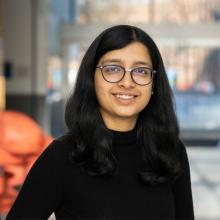
Aditi Jha
Advisor: Scott Linderman
Department of Statistics
Characterizing Goal-driven Dynamics Underlying Naturalistic Behavior
Animals must navigate complex environments by shifting between different internal goals, such as seeking food, avoiding danger, and resting. Jha’s research uses machine learning and behavioral modeling to decode how internal goals drive decision-making and help reveal fundamental principles of natural behavior.
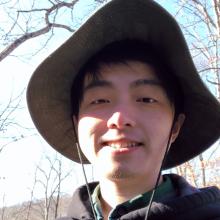
Hongfei Ji
Advisor: Miriam Goodman
Department of Molecular and Cellular Physiology
Thermosensory Control of Multimodal Behavioral Adaptation and Optimization
Temperature changes affect behavior in all animals, yet little is known about how the brain detects and adapts to these shifts. Ji is developing a high-throughput behavioral platform to investigate how temperature-sensitive neurons regulate multiple behaviors, shedding light on how organisms optimize survival.
Brain Resilience Scholars
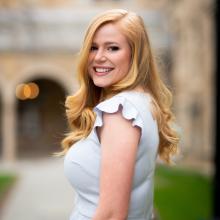
Annie Goettemoeller
Advisor: Ivan Solstez
Department of Neurosurgery
Early Entorhinal-Hippocampal Vulnerability and Recovery in Alzheimer's Disease
Before memory loss begins, Alzheimer’s disease disrupts communication between brain regions essential for learning. Goettemoeller’s research investigates how early circuit dysfunction spreads through the brain and explores whether restoring these connections can slow or prevent cognitive decline.
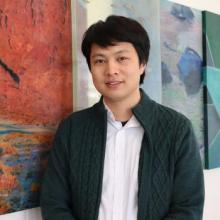
Jian Xiong
Advisor: Monther Abu-Remaileh
Department of Chemical Engineering
Progranulin, a key regulator of brain cell function, is linked to frontotemporal dementia and Parkinson’s disease. Xiong’s research investigates how progranulin influences lipid metabolism, revealing potential new targets for neurodegenerative disease treatments.
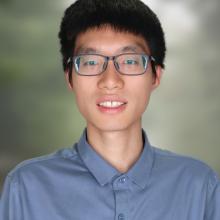
Fei Deng
Advisor: Scott Owen
Department of Neurosurgery
Learning requires a precise balance of acetylcholine and dopamine, a balance disrupted in Parkinson’s disease. Deng’s research explores how restoring acetylcholine regulation could improve cognitive flexibility and learning ability.
Julian Garcia
Advisor: Wendy Liu
Department of Ophthalmology
The role of mechanosensitive ion channel Piezo1 in glaucoma pathophysiology
Increased pressure in the eye damages the optic nerve and leads to vision loss in glaucoma. Garcia’s research examines how activating a specific ion channel (Piezo1) modulates cell survival after optic nerve injury, and explores potential new avenues for glaucoma treatment.
Shaghayegh Navabpour
Advisor: Gerald Crabtree
Department of Pathology
Programmatic Activation of the Neurodegenerative TREM2 Pathway by TCIP1
Microglia, the brain’s immune defense cells, help clear toxic proteins, but their function declines with age. Navabpour’s research develops a drug-like molecule to enhance microglia’s protective abilities, aiming to slow or prevent the progression of Alzheimer’s disease.
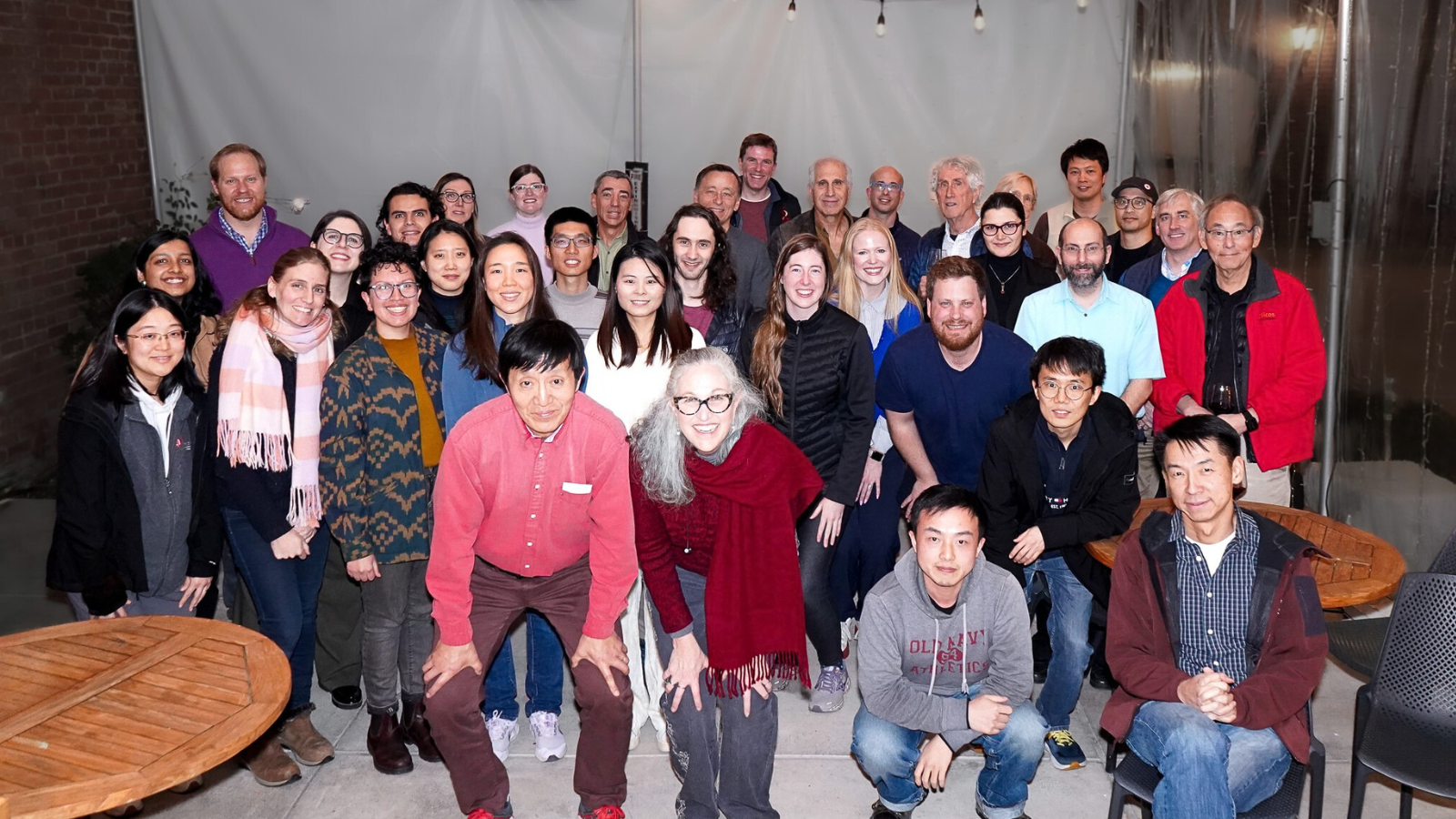
Learn more about the Neurosciences Postdoctoral Scholar Awards


